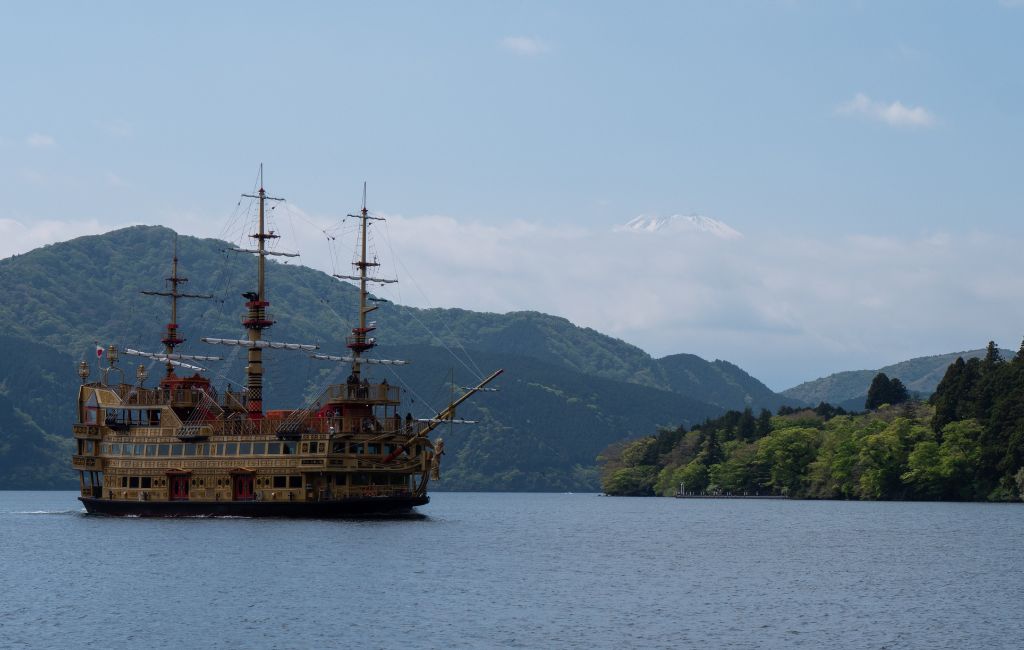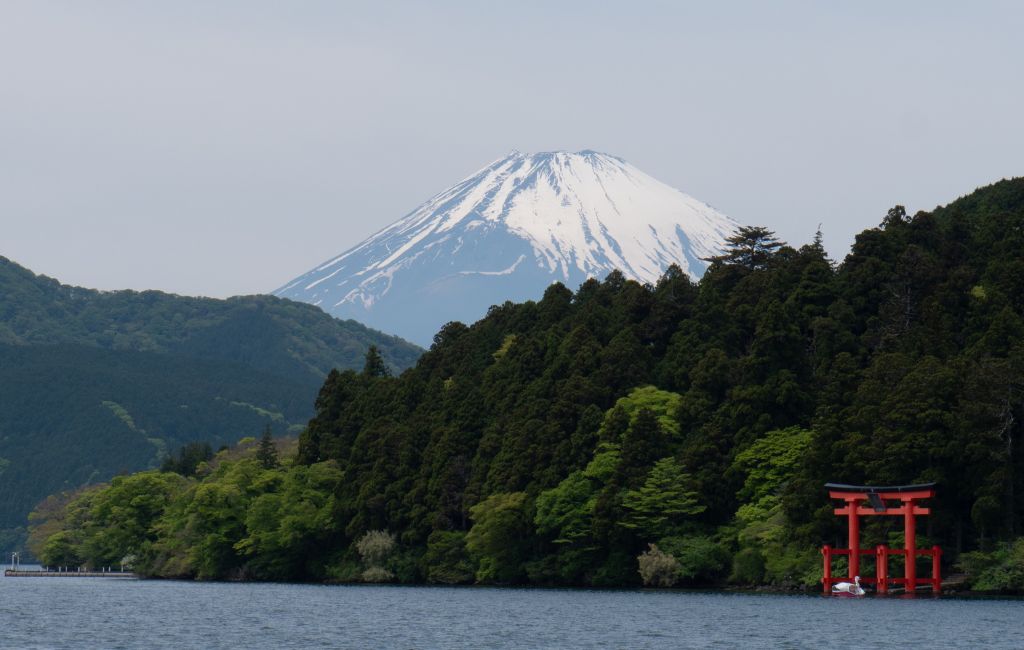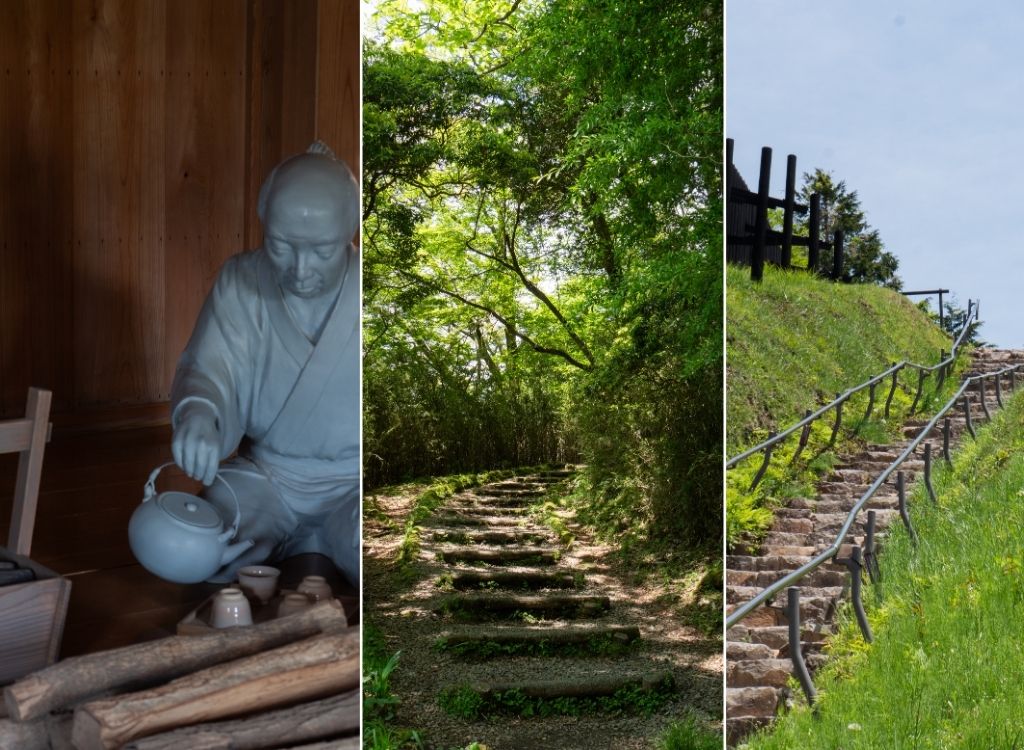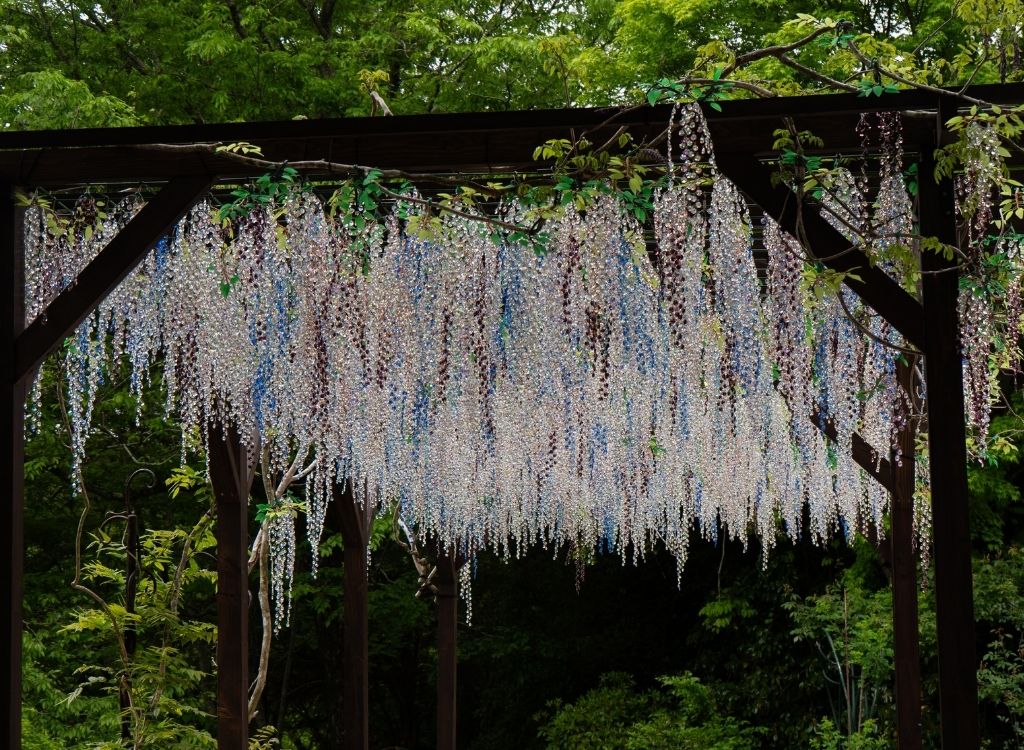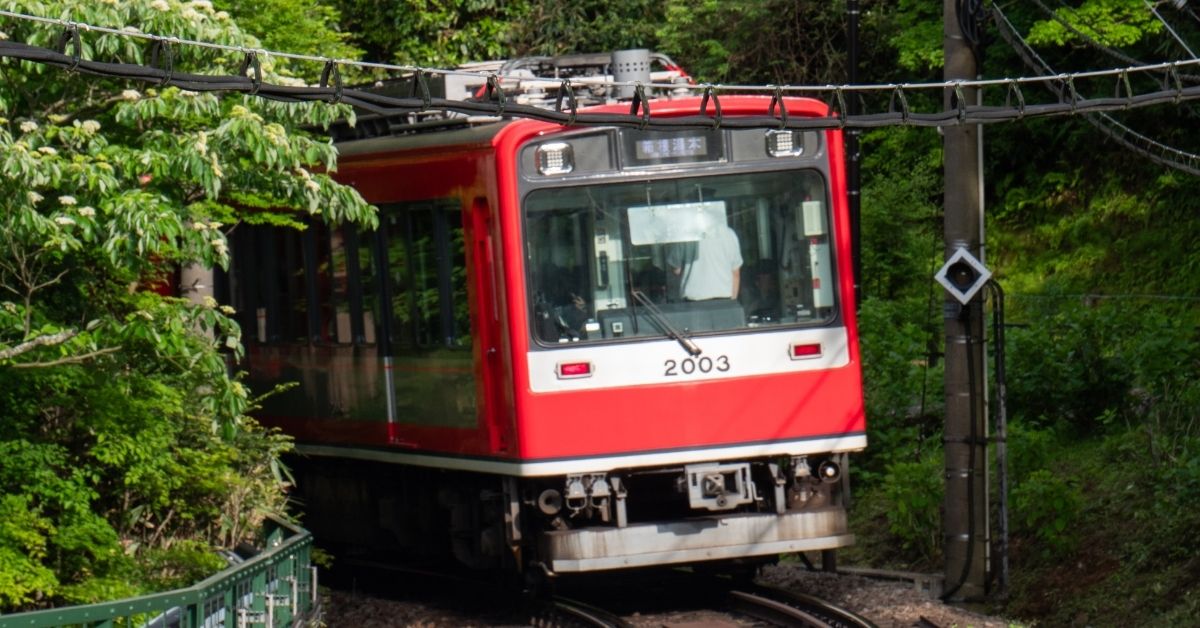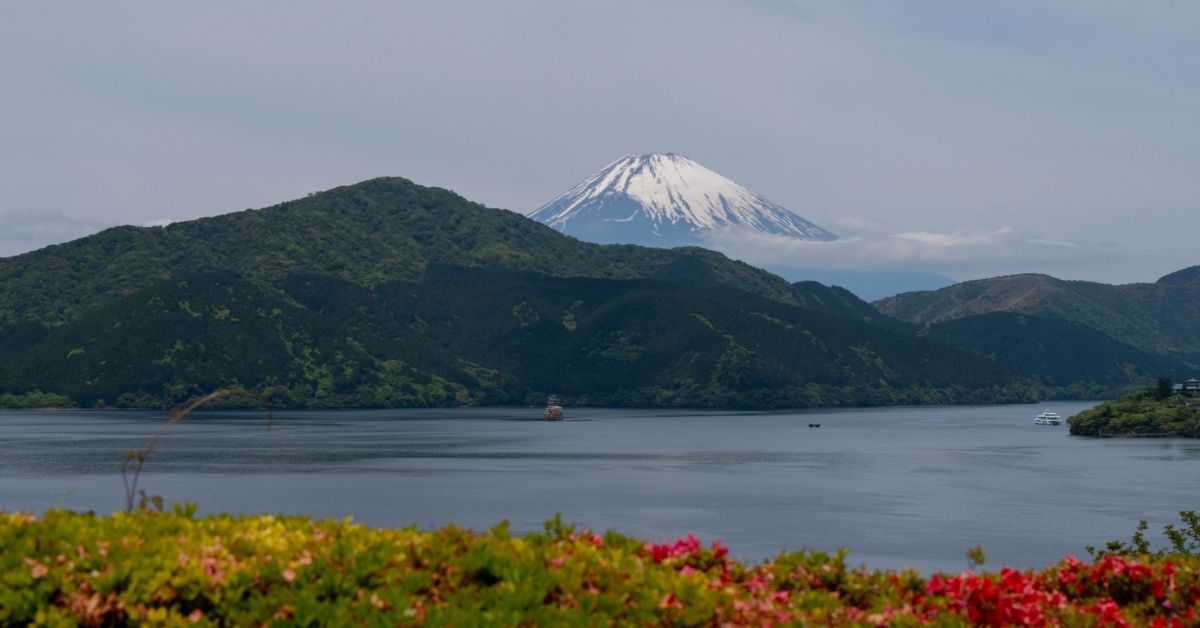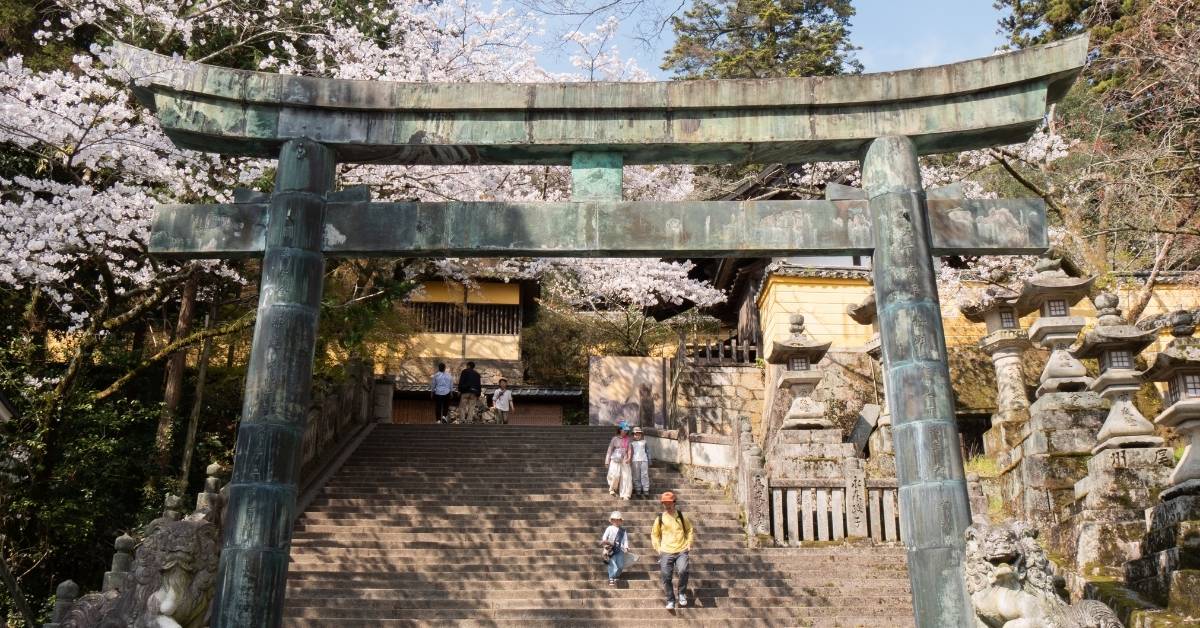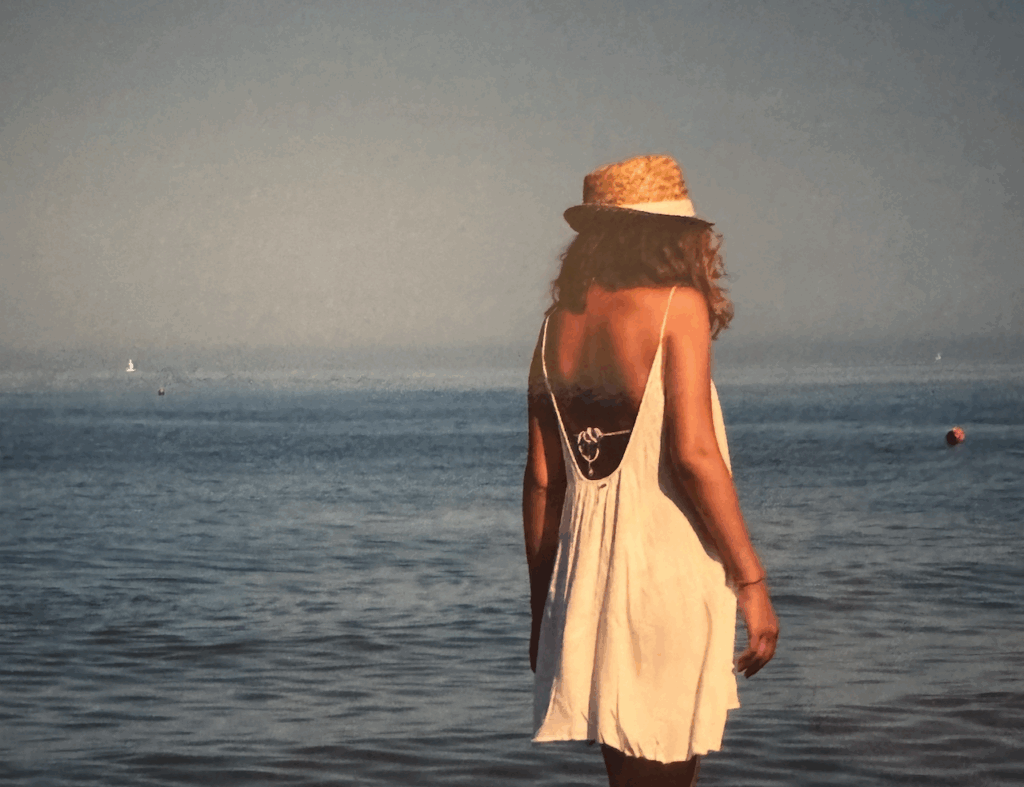
5 Days in Hakone Itinerary – Complete Travel Guide & Tips
Hakone 5-Day Itinerary: the best way to enjoy this wonderful area ! Many travelers visit Hakone on a single day trip from Tokyo. A quick escape to tick off the lake, the ropeway, and—if luck is on your side—a glimpse of Mount Fuji. But Hakone deserves more than just a few stolen hours.
I chose to spend five days there, a stopover on my journey between Kyoto and Tokyo, to slow down, work in peace, and explore the many sides of this surprisingly rich mountain region.

